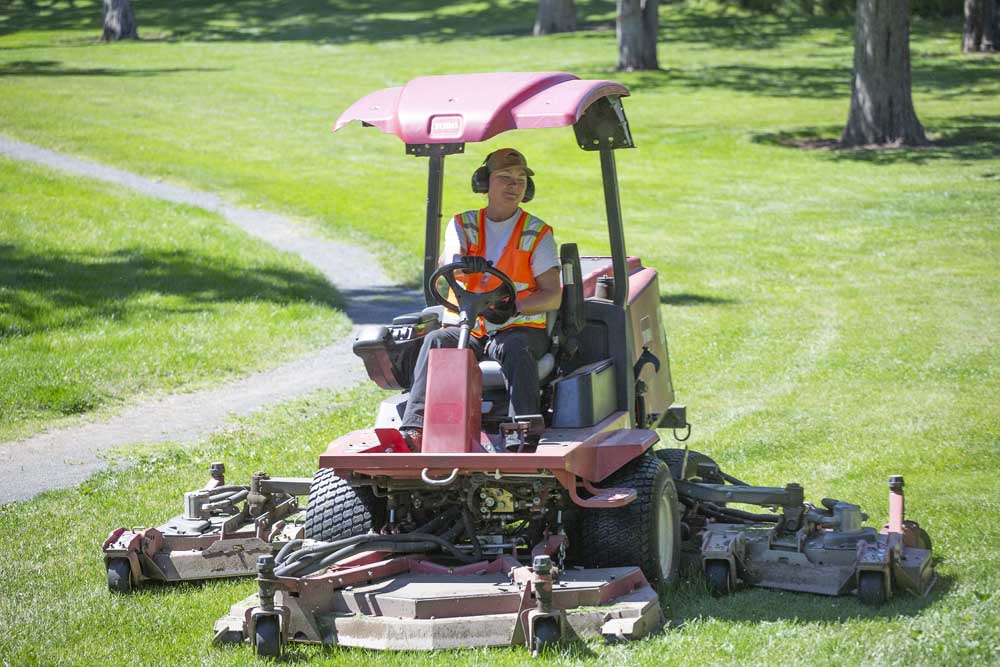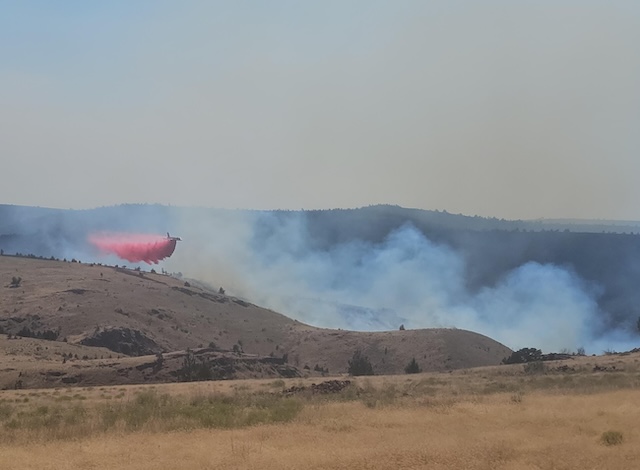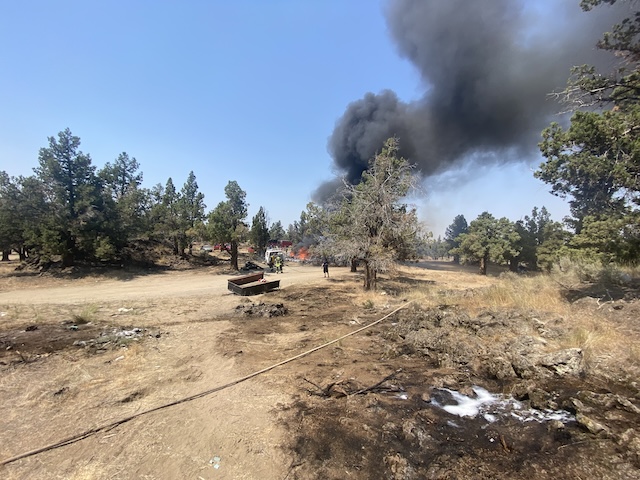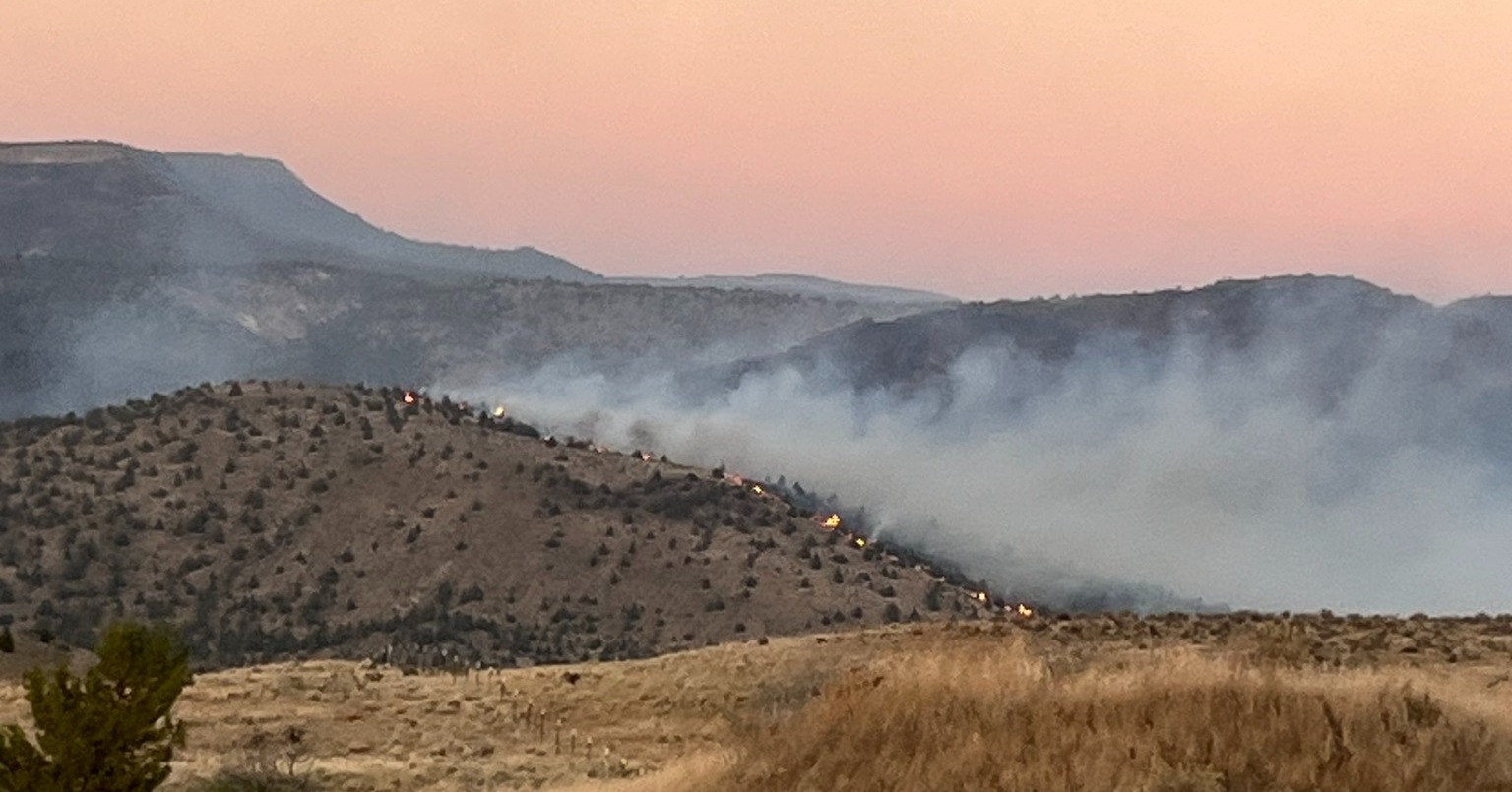Working outdoors means taking extra skincare precautions
Published 11:50 am Friday, July 26, 2024

- The hard-working Park Services landscaping team maintains, repairs and constructs park facilities, outdoor areas, sports fields and landscaped areas.
As summer heat intensifies with relentless high temperatures, and the river gets increasingly crowded, it’s important for Central Oregonians to be aware of their vulnerability to skin cancer and its symptoms.
Skin cancer is projected to be the leading cause of death in 2025, according to St. Charles Health System. Because Central Oregon is known for its active lifestyle, plentiful sun and high altitude, those living in Deschutes, Crook and Jefferson counties have a higher chance of getting skin cancer throughout their lifetime.
Trending
“For every 1,000 feet above sea level, UV radiation increases by 2% to 10%,” said Allison Mckean, Certified Physician Assistant at Dermatology Health Specialists. “Central Oregonians likely accumulate a greater amount and a greater intensity of UV radiation.”
While Oregonians begin to enjoy the outdoors as temperatures rise, many individuals are required to spend time outside all day, every day due to their employment— like construction workers and local lifeguards. Individuals throughout these occupations, and others like it, are more susceptible to skin cancer and its symptoms.
“We typically reapply sunscreen every 30 minutes to an hour, and also try to stay cool by using umbrellas that go on the lifeguard chairs,” said Xochi Cuadros, a summertime lifeguard at Sunriver Homeowners Aquatic Recreation Center, also known as SHARC. “We tell everyone to make sure that they are wearing sunscreen and to stay cool while being outside.”
“When I am working outside in the field, I always apply sunscreen and carry extra in case my coworkers need some as well,” said Zane Junker, an employee at River Roofing. “If it’s not too hot out, I try to wear a long sleeve shirt in order to protect myself better.”
Whether it’s fun in the sun or working outside, it’s important to wear sunscreen with an SPF of 30 or higher and preventive clothing, like hats, sunglasses and long-sleeve shirts. It’s also important not to take your surroundings for granted because snow, water and sand reflect the sun and can cause UV rays to become stronger.
Additionally, Central Oregonians should apply their sunscreen 30 minutes before outdoor activities and should avoid spending time outside during the brighter parts of each day— typically from 10 a.m. to 2 p.m.
Trending
Mckean emphasized that protecting one’s skin should be considered a year-round task— not a seasonal one.
“Central Oregonians should wear sunscreen every day,” McKean said. “Even in the winter. Even when it’s rainy.”
“We’ve long known sunscreen can help prevent sun damage, but more recent studies have demonstrated reversal of photo damage with daily sunscreen use, as well. Use a high SPF and use a lot of it. Most of us only apply a 1/4 to 1/2 as much as what is used in laboratory testing,” said Mckean. “For those who don’t like sunscreen, invest in SPF clothing, hats and swimwear. These products are easy to find these days. They’re lightweight, come in lots of styles and colors and they work.”
The American Academy of Dermatology recommends the ABCDE Method to help spot possible melanoma, the most deadly form of skin cancer. Here are things to look out for:
Asymmetry: One half of a spot on the skin doesn’t match the other half.
Border: Its border isn’t smooth, but rather jagged and irregular.
Color: A spot’s color is uneven, with shades of brown, black, gray, red or white.
Diameter: A spot on the skin is larger than the tip of a pencil eraser (6 mm).
Evolving: A spot is new or changing — melanomas grow and change with time.
Source: The Washington Post








